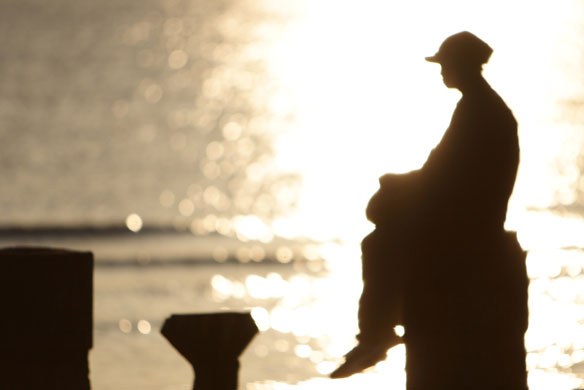
Seaside, Japan. Photo source: ©© Mrhayata
Excerpts;
Scientists have found a previously unsuspected place where radioactive material from the Fukushima Dai-ichi nuclear power plant disaster has accumulated—in sands and brackish groundwater beneath beaches up to 60 miles away. The sands took up and retained radioactive cesium originating from the disaster in 2011 and have been slowly releasing it back to the ocean…
Read Full Article; Phys. Org (10-02-2017)
Original Study: “Unexpected source of Fukushima-derived radiocesium to the coastal ocean of Japan”; Pnas (10-02-2017)
There are 440 operational nuclear reactors in the world, with approximately one-half situated along the coastline. This includes the Fukushima Dai-ichi Nuclear Power Plant (FDNPP), which experienced multiple reactor meltdowns in March 2011 followed by the release of radioactivity to the marine environment. While surface inputs to the ocean via atmospheric deposition and rivers are usually well monitored after a nuclear accident, no study has focused on subterranean pathways…
Japan Underestimated Tsunami Hazard For Nuclear Sites, UN Experts Find; UN News Centre (06-02-2011)
Why We Build Nuclear Power Stations in Earthquake Zones? (03-2011)
If more Fukushimas are to be avoided, we have to start by understanding the real risk of risk.
As Sea Levels Rise, Are Coastal Nuclear Plants Ready? National Geographic (12-16-2015)
Safety concerns have stoked opposition to nuclear. Reactors can’t operate safely without uninterrupted power and vast amounts of cool water, which is why they’re often located near coastlines, rivers, and lakes…








